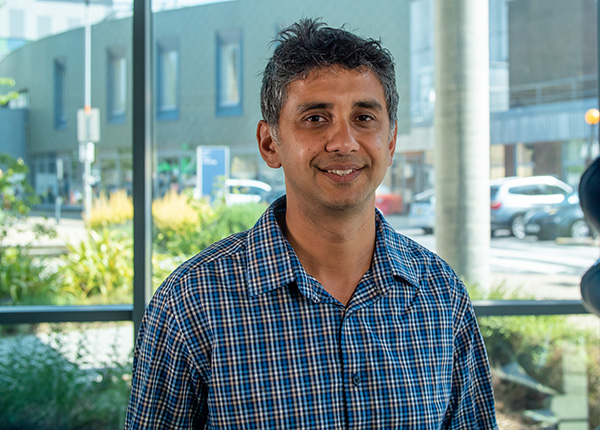Why Southampton and why now?
The University of Southampton is renowned for pushing the boundaries of medical research. We are ready to go on a range of exciting research projects that could change the future of medicine. But we can’t do it without your support.
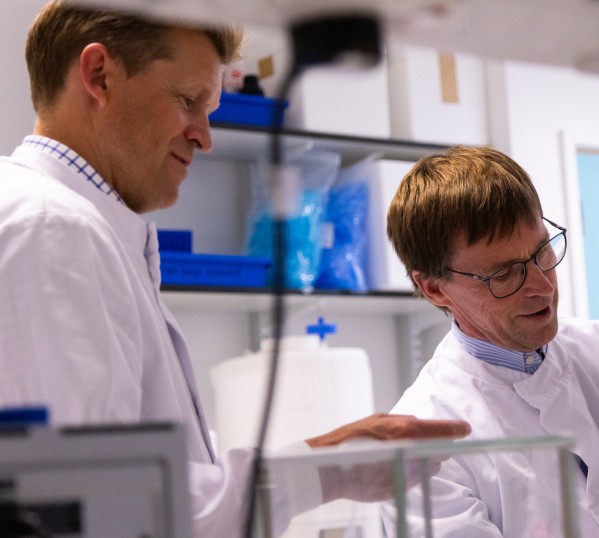
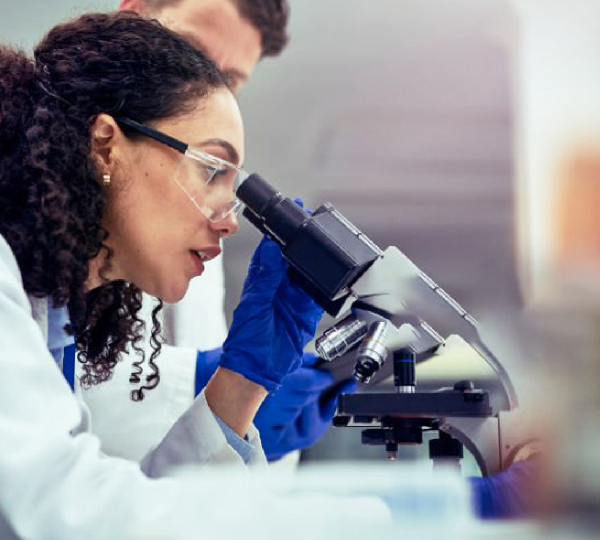
A history of success
From building the UK’s first Centre for Cancer Immunology to our work leading trials and developing life-saving tests during the pandemic, we are proud of our history of medical innovation.
Importantly, our medics don’t work in silos. As a university, we have always had a strong culture of collaboration across disciplines, with data scientists, artificial intelligence experts, chemists, mathematicians and biologists, all collaborating to solve medical challenges. It’s so important to look at diseases through multiple lenses, using the tools, techniques and expertise from a variety of fields.
A key strength at Southampton is our engineering and computer science heritage. By combining this expertise with medicine, we have seen fantastic breakthroughs.
With University Hospital Southampton as part of our campus footprint we’re in an excellent position to further medical research because of the access to patients and samples. The hospital is consistently ones of the UK’s highest recruiting trusts of patients to pioneering clinical trials which test new medicines.
Timeline and milestones
Early pioneers
Frederick Lanchester, the pioneer of automotive engineering, studied at the Hartley Institute (which is now the University of Southampton).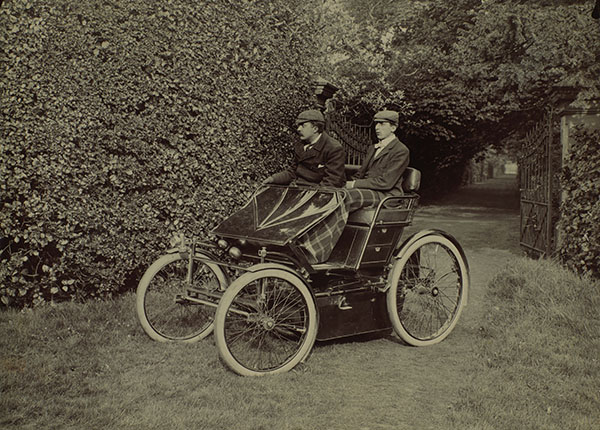
Important origins
Southampton Medical school was opened on the recommendation of the Royal Commission on Medical Education. There were 40 students in the first cohort.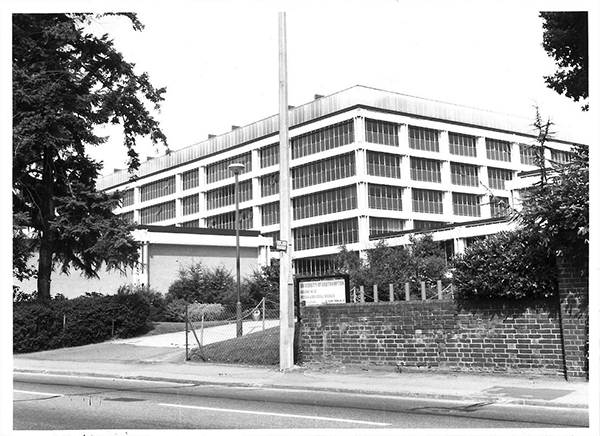
Leukaemia milestone
Southampton became the first centre to use antibody treatments to remove leukaemia cells from the blood of patients.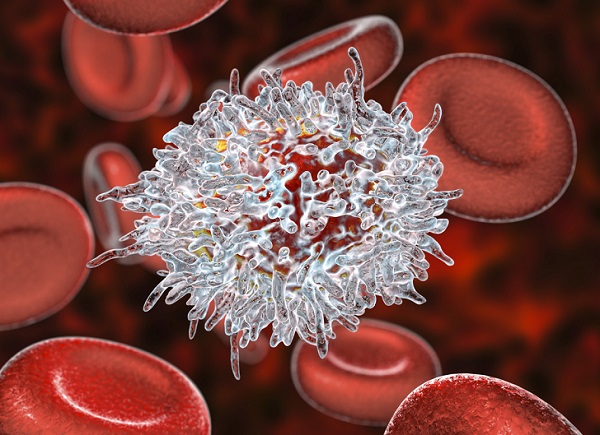
Healthy babies
Professor David Barker discovered the relationship between birth weight and a lifetime of chronic disease, stimulating worldwide research into the impact of nutrition and growth in the development of adult disease.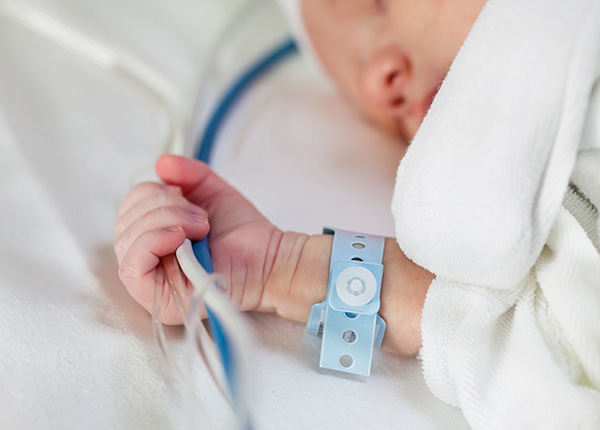
Fibre optic revolution
Professor Sir David Payne discovered the erbium-doped fibre amplifier which enabled the development of fibre optic broadband as we know it today.
Understanding asthma
Professor Steven Holgate and colleagues were the first to use fibre optic bronchoscopy to demonstrate the cellular mechanisms in asthma.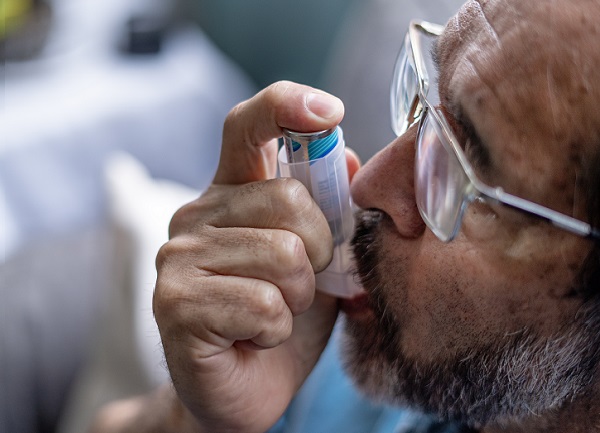
Cochlear implant success
The ISVR Hearing and Balance Centre fitted their first cochlear implant device. Since then, the now renamed University of Southampton Auditory Implant Service, has transformed the lives of more than 1000 people and their research has formed the basis of NHS guidelines.
DNA vaccines
One of the first DNA vaccines was developed in Southampton.
World-leading foetal scanning
Academics working on bubble acoustics co-authored the current guidelines for every foetal scan in the world – that’s around 700 million births to date.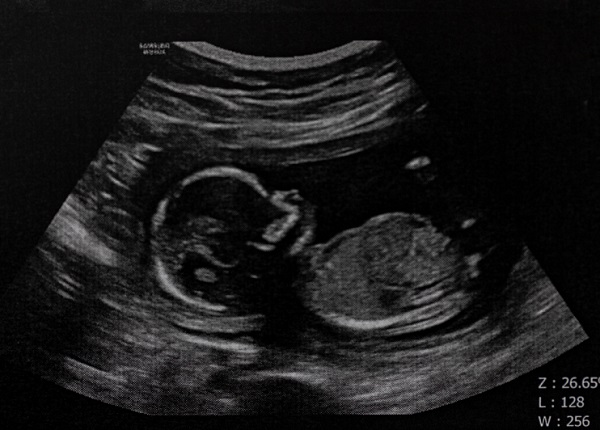
Synairgen
Spin-out company Synairgen was founded to drive forward Southampton research into developing novel therapies for respiratory disease.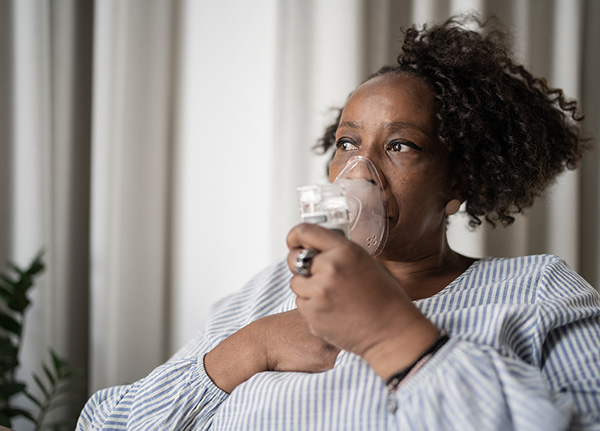
Changing the way we fight infection
StarStream®, a device that uses low volumes of cold water and few or no additives to clean, was invented. This technology has the potential to clear leaves from railway tracks, fight against antimicrobial resistance, and clean medical equipment in a cost effective and efficient way.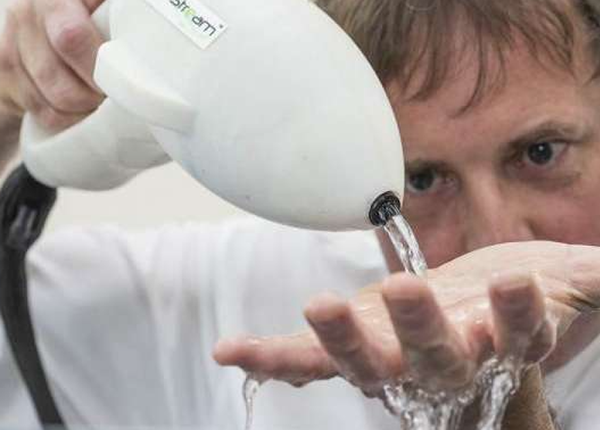
Cancer antibodies
Southampton and Cancer Research UK scientists developed antibodies that were shown to attack neuroblastoma, a form of childhood cancer that grows from undeveloped tissue of the nervous system.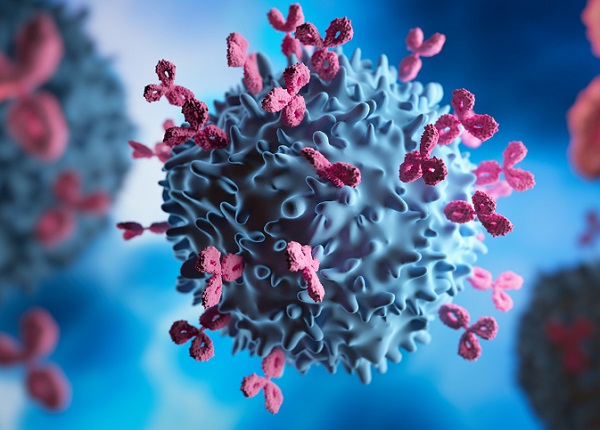
Life-saving engineering
In collaboration with Arterius Ltd, we designed a biodegradable stent to open blocked coronary arteries, which then disappears enabling the vessels to recover normal function.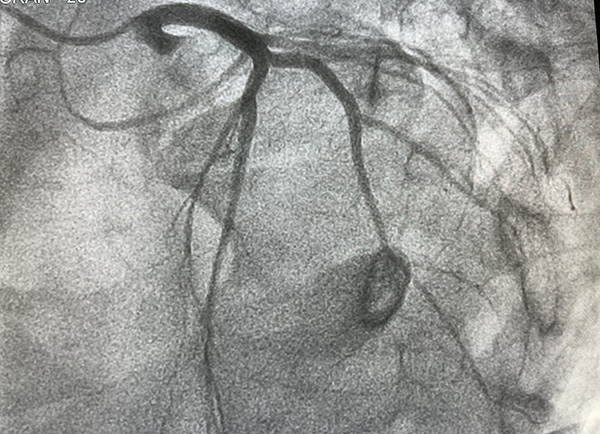
Changing the cancer landscape
Funded entirely by philanthropic donations, Southampton’s Centre for Cancer Immunology opened its doors. It was the UK’s first centre dedicated to cancer immunology research, bringing together the leading scientists in the field.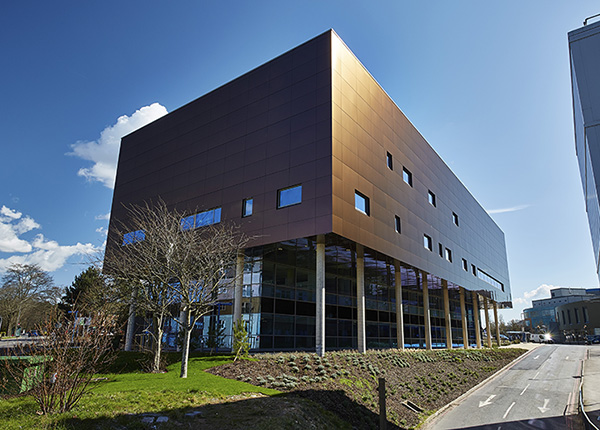
Pandemic innovation
At the start of the pandemic, our engineers worked with researchers in Medicine and Electronics and Computer Science to develop a personal respirator to protect healthcare staff, now rolled out in over 20 NHS trusts.
We led Covid-19 vaccine trials which were key in the development of the AstraZeneca and Janssen vaccines.
Our research underpinned the nationwide rollout of rapid COVID-19 tests in December 2020. These tests reduced diagnosis time from 21 hours to one hour 40 minutes, on average.
Southampton piloted a new ‘no-swab’ saliva test, which led the UK Health Security Agency (UKHSA) to fund weekly saliva testing to identify asymptomatic cases of COVID-19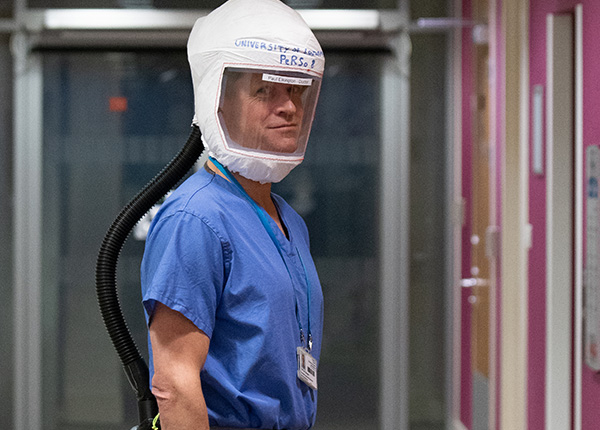
The future is Southampton
Responsible AI UK (RAI UK), headed by the University’s Professor Gopal Ramchurn, won a £31M grant to help the UK become a global leader in AI. RAI UK will lead the national debate on the future of AI.